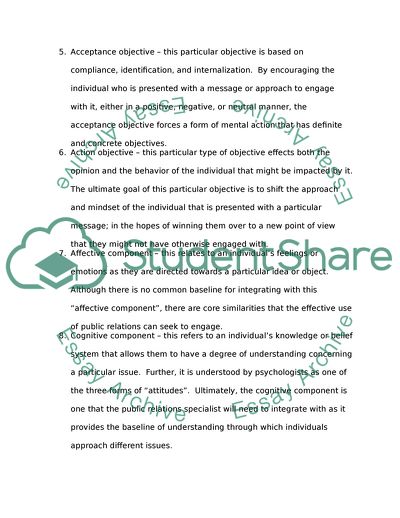Cite this document
(PR Strategy Development Definitions Worksheet Assignment Example | Topics and Well Written Essays - 3000 words, n.d.)
PR Strategy Development Definitions Worksheet Assignment Example | Topics and Well Written Essays - 3000 words. https://studentshare.org/journalism-communication/1819520-pr-strategy-development-definitions-worksheet
PR Strategy Development Definitions Worksheet Assignment Example | Topics and Well Written Essays - 3000 words. https://studentshare.org/journalism-communication/1819520-pr-strategy-development-definitions-worksheet
(PR Strategy Development Definitions Worksheet Assignment Example | Topics and Well Written Essays - 3000 Words)
PR Strategy Development Definitions Worksheet Assignment Example | Topics and Well Written Essays - 3000 Words. https://studentshare.org/journalism-communication/1819520-pr-strategy-development-definitions-worksheet.
PR Strategy Development Definitions Worksheet Assignment Example | Topics and Well Written Essays - 3000 Words. https://studentshare.org/journalism-communication/1819520-pr-strategy-development-definitions-worksheet.
“PR Strategy Development Definitions Worksheet Assignment Example | Topics and Well Written Essays - 3000 Words”. https://studentshare.org/journalism-communication/1819520-pr-strategy-development-definitions-worksheet.


